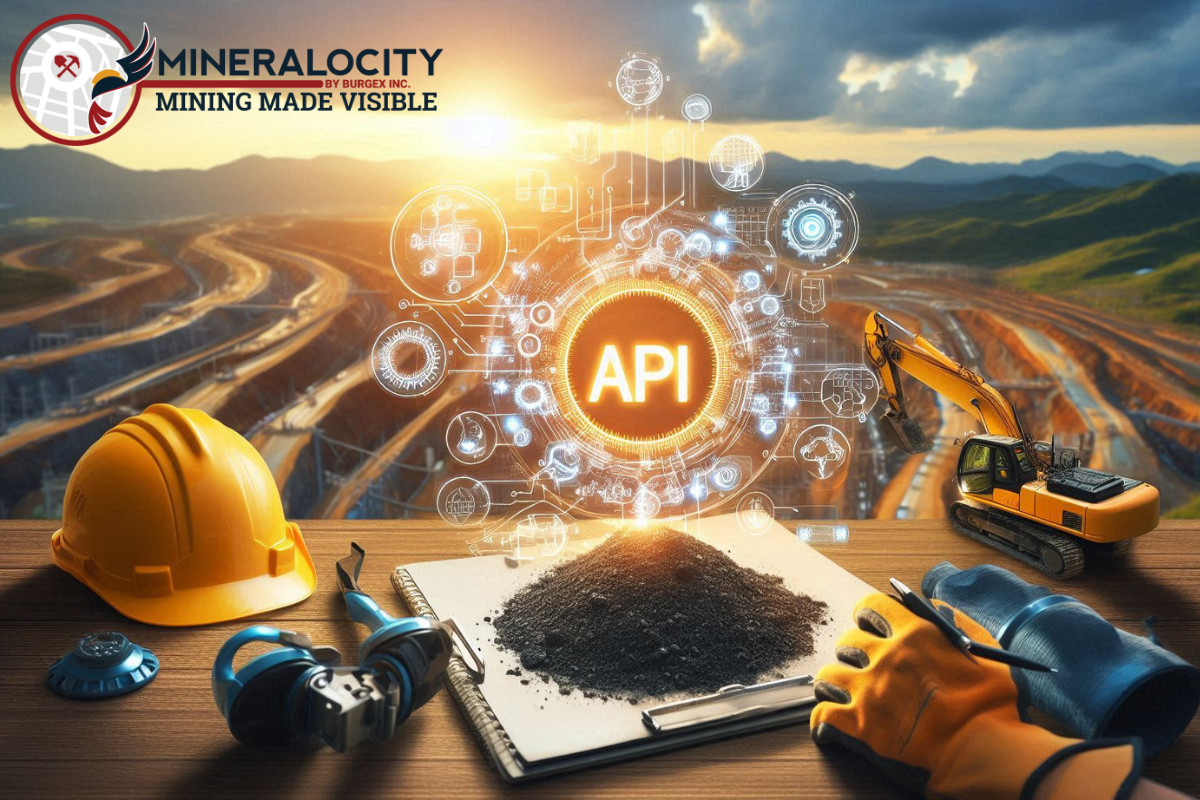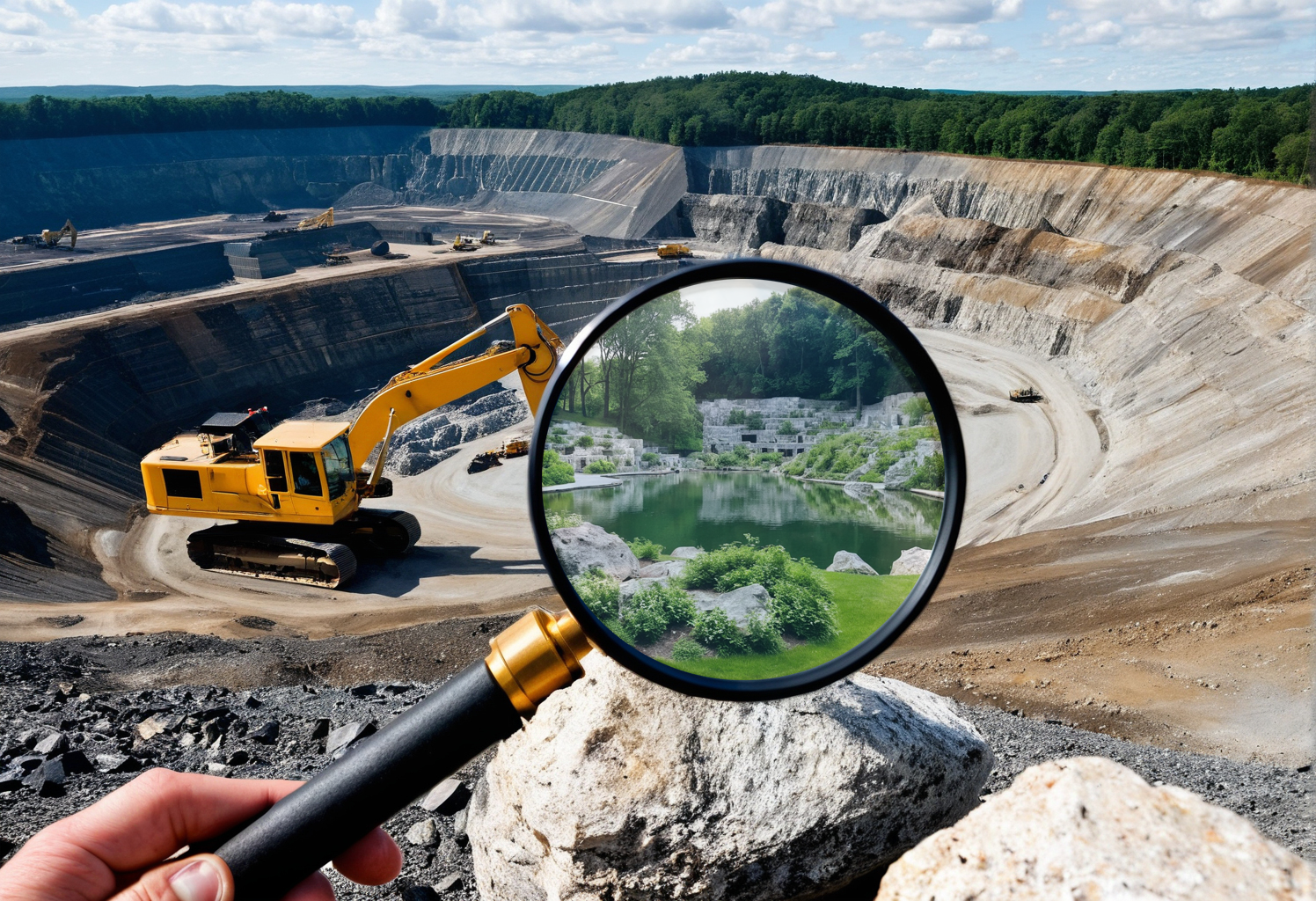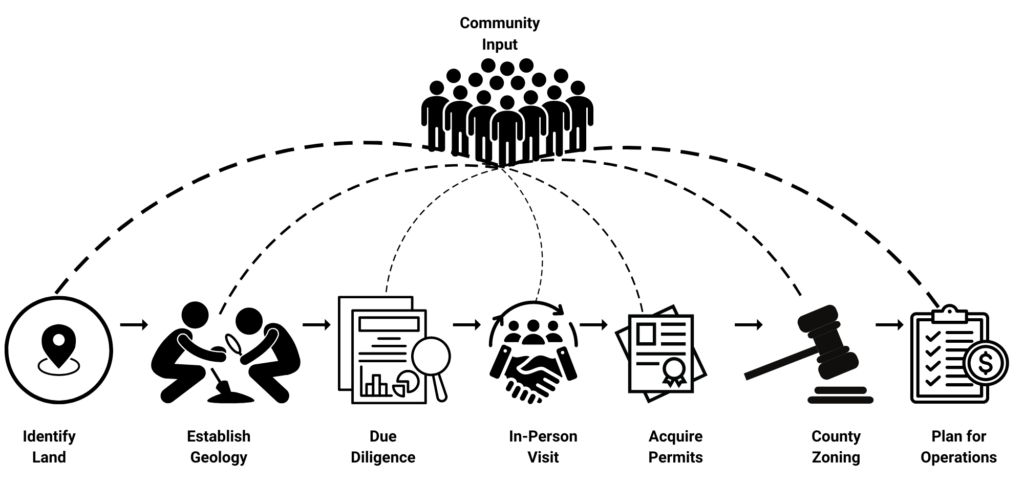Enhance Your Data Access in the Mining Sector
Our latest innovation, the Mining Data API, empowers businesses and researchers by providing seamless access to essential mining-related datasets within the GIS framework. Designed to streamline data integration and analysis, this API offers comprehensive access to three key datasets: Producer Data, Supply and Demand Data, and Dodge Data. Whether you’re involved in market analysis, resource planning, or strategic decision-making, our API delivers the critical insights you need.
Available Datasets:
- Producer Data:
- Gain deep insights into production metrics, market trends, and industry benchmarks crucial for strategic planning and operational efficiency.
- Supply and Demand Data:
- Access real-time information on market dynamics, ensuring proactive adaptation to changing demands and supply chain complexities.
- Dodge Data:
- Leverage comprehensive construction industry insights from Dodge to inform project feasibility assessments, resource allocation, and market intelligence.
Key Features of Our API:
- RESTful Architecture: Built on industry standards for reliability, scalability, and ease of integration.
- GIS Integration: Seamlessly integrates with Geographic Information Systems (GIS) for spatial data visualization and analysis.
- Secure Access: Utilizes robust authentication and authorization protocols to ensure data security and integrity.
- Customizable Queries: Flexible query parameters allow tailored data retrieval based on specific business needs.
- Real-time Updates: Regularly updated datasets to ensure accuracy and relevance for informed decision-making.
- Developer Friendly: Well-documented API endpoints to facilitate quick adoption and development.

Seamless Integration with BI Tools
Our REST API is designed for effortless integration with third-party Business Intelligence (BI) tools like PowerBI. This capability allows you to:
- Visualize Data: Easily create compelling visualizations and dashboards using mining data integrated from our API.
- Enhance Analysis: Combine mining data with other business metrics for comprehensive analysis and reporting.
- Real-Time Reporting: Generate real-time reports to monitor mining operations, market trends, and project performance.
Benefits
- Enhanced Decision-Making: Make data-driven decisions backed by real-time insights and comprehensive datasets.
- Efficiency: Streamline workflows and reduce manual data-gathering efforts with automated data access and integration.
- Scalability: Scale your data analysis capabilities according to your business needs, from small-scale projects to enterprise-level operations.
Get Started
Ready to harness the power of mining data for your business or research? Contact us today to learn more about integrating our Mining Data API into your workflows. Whether you’re in mining operations, market analysis, or research, our API provides the critical data you need to succeed.
Contact Us
For inquiries or to schedule a demo, please contact our team at support@mineralocity.com or call us directly at 801-648-6463.
Unlock the Potential of Mining Data Today!
Discover how our Mining Data API can transform your data analysis and decision-making processes. Harness the power of GIS-integrated mining data with ease and efficiency.




